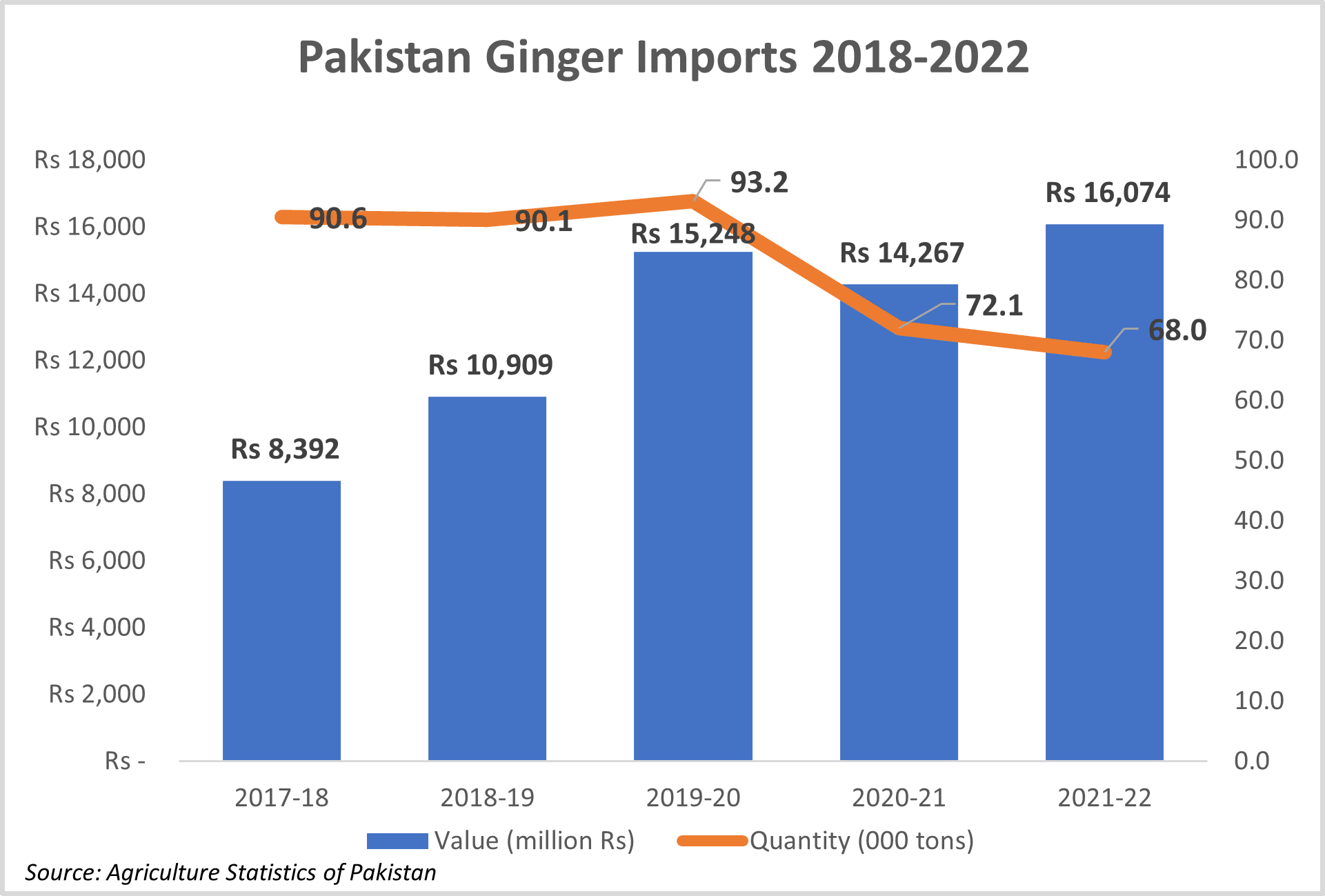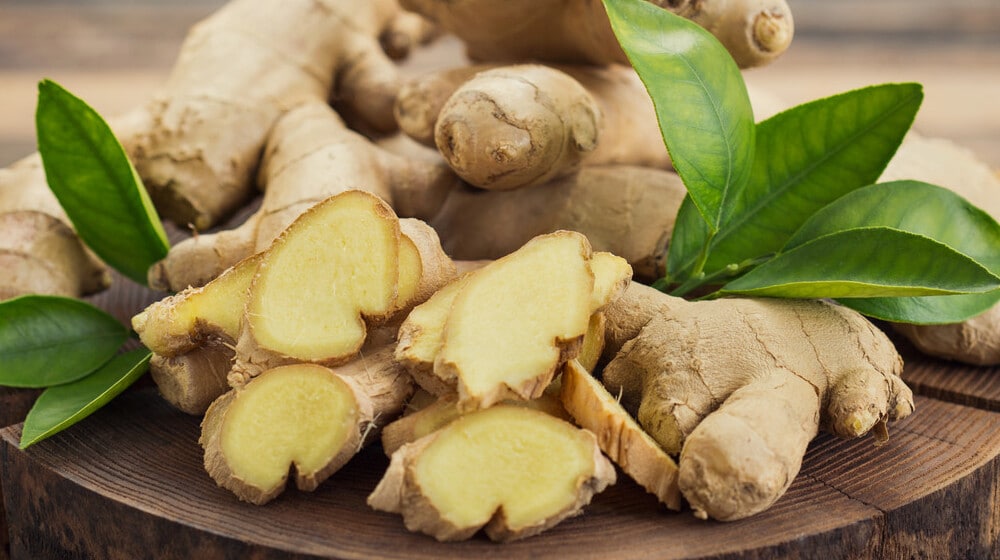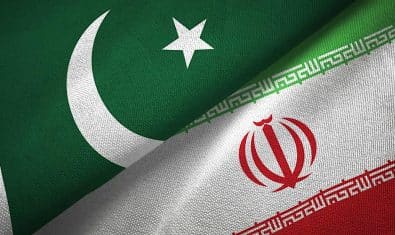Think of a world without ginger. No more tasty fiery karahis, no more spicy curries, and no more refreshing ginger tea. Sounds dull, right?
But it’s the same fear that took over the global ginger market in 2023 as uncertainties and shortages started impacting different regions.
In this dynamic global landscape that we are going to talk about in a minute, the once-stable spice finds itself at a crossroads and Pakistan, for all its agricultural resources, still depends on imports for this critical ingredient of its cuisines.
Pakistan’s Ginger imports have nearly doubled in value between 2018 to 2022 touching over Rs. 16 billion in 2021-22 as compared to Rs 8 billion during 2017-18.
The average price incurred by the country jumped by more than 155 percent while the imports declined by 25 percent in quantity which means that in addition to devaluation, the international prices have also experienced major hikes.

International Market Outlook
According to the 2023 Market Outlook by FreshPlaza, Netherlands, the second biggest exporter after China is navigating transition uncertainties in the ginger market with fluctuating prices and quality variations. Traders find it challenging to predict prices accurately.
In Germany, undersupply issues prevail due to lower volumes and subpar ginger quality from China, reflected in higher prices. Traders anticipate the impact of upcoming harvests from Brazil and Peru. Italy also has lower-than-usual ginger supply surges in prices. Concerns grow over a potential influx of ginger from China, a move that could significantly impact the market.
In South Africa, a severe ginger shortage, caused by Cyclone Freddy’s aftermath, resulted in soaring prices and uncertainty about future availability. In North America, Brazil and Peru ship ginger, but concerns linger over potential reductions in future shipments. The mystery surrounding China’s ginger volumes adds unpredictability to the market.
The top ten global ginger exporters—China, Netherlands, India, Peru, Thailand, Brazil, European Union, Germany, Nigeria, and Spain—continue to shape the industry’s landscape.
How can Pakistan leverage this situation to turn ginger cultivation into a thriving venture? Let’s delve deeper to see how it might just be one of many ‘high-value answers’ to turn the tides of our Agriculture industry.
Why Talk About High-Value Crops?
Just to remind our readers, import substitution is the not primary reason stakeholders should consider Ginger cultivation or why I write about high-value crops.
I talk about these as I believe that our precious and rapidly shrinking agricultural resources and farmers deserve much higher returns per acreage to raise the standards of living and invest back in agriculture development that can withstand what climate change is bringing for farming communities and the country at large.
That needs more than capital, mechanization or even recent agritech innovations. That demands the inclusion of high-value crops, fruits and vegetables that should coincide with the introduction of crop insurance and some social security measures for farmers so they can abandon some acreage from safe crops like Wheat and Rice but more on that later.
Ginger Production Technology Brief
For now, we are talking about Ginger because finding high-value crops that are both suitable to grow and have domestic market demand as well is as tough as it comes and Ginger is one of them.
Interestingly, Ginger does not grow in the wild and so though its true origins are unknown, it’s Initially rooted in ancient China and India and has been cultivated throughout the humid tropics, with both countries still emerging as its largest exporters.
Its uses extend from diverse culinary creations from South Asia, China, and even Thai Sushi to being the source of more than two dozen bioactive compounds, a medical marvel, and a superfood among the likes of Avocado and Olive.
In 2022, Researchers from the Pakistan Agricultural Research Council (PARC) and Ayub Agriculture Research Insitute (AARI) inaugurated the claimed first ginger harvest in Pakistan at Chakwal. High-value vegetable farming in tunnels is nothing new in Pakistan but for years, Ginger has been considered an impossible crop until recent years.
Ginger is an underground stem (often mistaken as root) and tropical plant (tropical weather is humid weather with an average temp. 18 degrees Celsius remaining the same for all 12 months) and demands a high-humidity environment with a sowing season starting from March to April and eight to nine months of crop duration.
The farm inaugurated in Chakwal opted for cultivating Ginger in the Soil with a walk-in tunnel (instead of bags and a neutral media as discussed later) with 4 lines on 4ft beds, used drip irrigation, and harvested 500-600 grams of ginger per plant on average.
It demands high application of organic fertilisers and is expected to near 6000kg per yield per acre but with appropriate infrastructure and changed parameters, it can be grown anywhere in the country.
When grown elsewhere, while sandy and well-pulverized soil is mostly recommended, it also requires the addition of organic crop media like leaf compost, peat moss, or coco peat and can be grown in bags as well. A high tunnel with a net shed, better ventilation and foggers is recommended to maintain higher humidity while seeds can be both imported and sourced locally but imports come with high mortality.
“From 750kg to 800kg seed rate is recommended and germination takes place in moist sand usually in 20-30 days and the weight of the rhizome before sowing should be 20 g. The rhizome must be unwashed, and the peel must be intact. Irrigation is recommended after every 7 days but the soil should remain moist, not wet” explained Safeer Abbas, Chief Agribusiness Consultant at BinQain Agro Services talking to ProPakistani
He added that harvesting happens in December with an average expected yield of 3000- 3500 kg per acre (but it varies depending on seeds and care taken). He pointed out that as ginger requires tropical weather, Southeastern areas including coastal areas of Pakistan are suitable for open farming. However, in tunnels/sheds with semi-controlled humidity and temperature, it can grow anywhere in the country.
It should be remembered that the above-described environment for Ginger is not a fancy controlled environment like hydroponics and such tunnel farming and structures are pretty common in Pakistan and are required to maintain the tropical and humid climate that Ginger needs.
Also, the hybrids are often avoided as that will prevent you from producing your seeds and varietal characters can also change threatening yields unless you’re conducting research trials.
Why There Is a Low Hype For Ginger?
Safeer also pointed out that After import the ginger is soaked in an acidic solution which gives it a shiny and tender look (unethical and unhealthy practice) and for cultivation, unwashed ginge is required which can be procured directly from the Sabzi mandi or super stores. He believed the availability of rhizomes was not a problem.
Local Ginger prices fluctuate a lot but roughly speaking, prices remained around Rs 300 per kg for a while but in recent months touched as high as Rs 1200 before falling back to Rs 500 per kg. The primary challenge in growing any high-value crop not usually grown in a climate is sourcing the right seeds or healthy seedlings.
That’s where most farmers face most technical problems and lose their capital but if that’s not the problem with Ginger, then what we are waiting for? Yes, all the above requirements come with a very high capital cost but it’s still not as high as people were investing in G1 Garlic in recent years so the capital is not primarily hindering the growth of Ginger as a crop.
Talking about why Ginger cultivation has yet to become a hype, Safeer explained that Vegetables require more attention than fruits and ginger needs care for 9 months which is unusual for an average farmer to hold a vegetable for up to 9 months. He added that we saw hype for G1 just because of routine production technology and crop duration While in the case of ginger; the production technology is not so usual and crop duration is comparatively higher.
2023 has been an interesting year with the government launching a special Green Pakistan Initiative and inviting both local and international investments into corporate farming to revolutionize the agriculture sector.
In addition to ensuring food security, we can only expect more such capital, focus, and awareness to be raised around these crops so the shrinking agriculture resources can be put to better use than conventional crops for the sake of both present and future generations.























Not enough research has been done in ginger field . No guidance is available with our agriculture universities….
Dear brother you may contact Vegetable Research Institute, Ayub Agriculural Research Institute, Faisalabad for complete guidance regarding Ginger.
0419201678
03002404462
I want to cultivate it
Dear brother you may contact Vegetable Research Institute, Ayub Agriculural Research Institute, Faisalabad for complete guidance regarding Ginger cultivation.
0419201678
03002404462
assalam o alaikom dear brother the mobile numbers you have given are of aari persons?